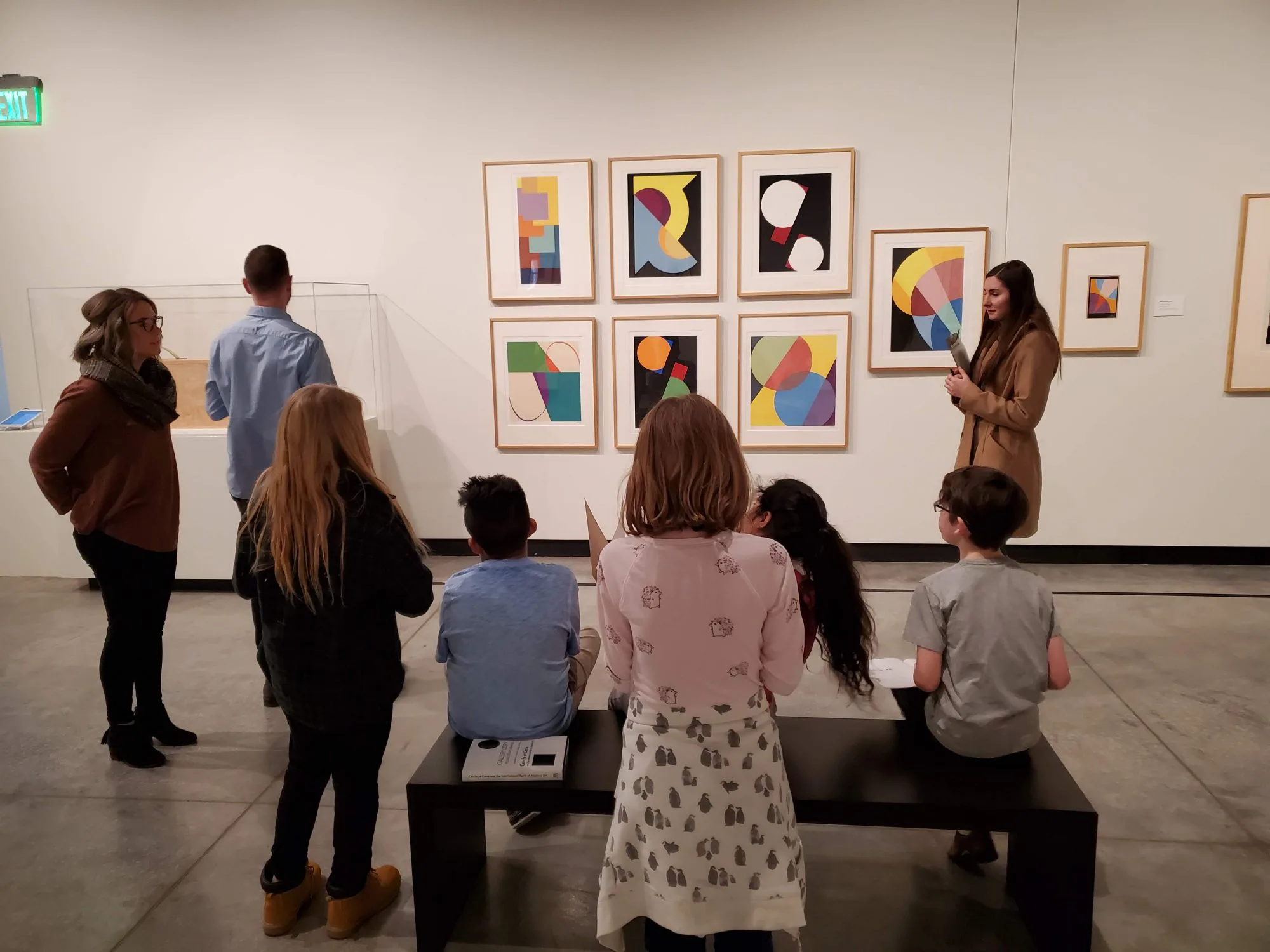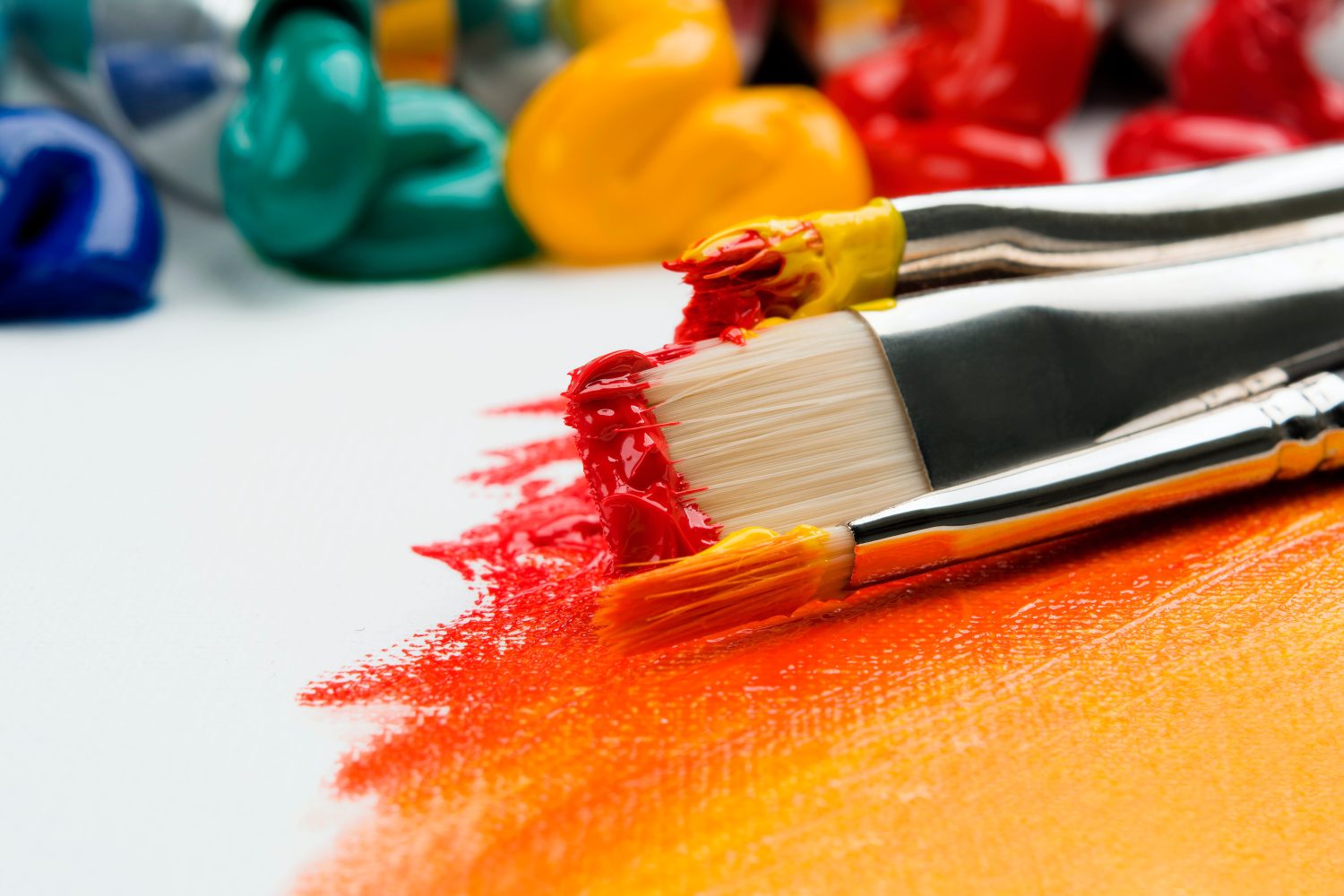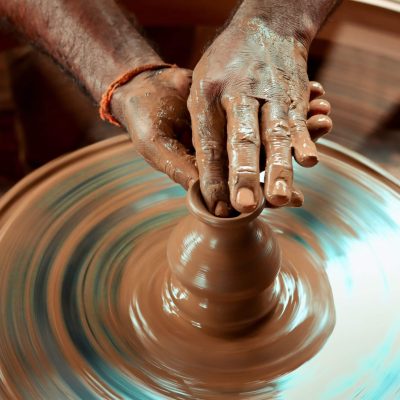Arts and crafts have always been at the heart of human expression. From the cave paintings of early civilizations to today’s handmade pottery, textiles, and digital crafts, these practices reflect our creativity, cultural heritage, and individuality. Unlike mass-produced goods, crafts carry a personal imprint—the mark of the maker—that makes them both meaningful and unique.
In a world dominated by technology, the arts and crafts movement is experiencing a renaissance. People are rediscovering the joy of working with their hands, creating something tangible, and connecting to traditions passed down through generations. This article explores the importance of arts and crafts, their cultural and economic roles, and the ways they continue to evolve in the modern era.
The Cultural Significance of Arts and Crafts
Arts and crafts are deeply tied to culture. Each society has developed its own unique traditions, from Japanese origami and African beadwork to Native American weaving and European embroidery. These practices are not only artistic expressions but also carriers of history, values, and identity.
Handmade objects often tell stories: a quilt may embody the legacy of a family, while a carved mask may represent the beliefs of a community. In many cultures, crafts are integral to rituals, ceremonies, and festivals. They serve as symbols of belonging and continuity, linking past generations to the present.
In today’s globalized world, arts and crafts also serve as a means of cultural preservation. By practicing and teaching traditional techniques, artisans safeguard heritage that might otherwise be lost to industrialization and modernization.
The Therapeutic Power of Crafting
Engaging in crafts is more than just producing objects—it can be profoundly therapeutic. Psychologists have long recognized the mental health benefits of creative activities. Crafting requires focus, patience, and repetitive movements that create a meditative state, reducing stress and anxiety.
For example, knitting and crocheting have been linked to improved mood and cognitive health. Painting, pottery, and woodworking stimulate both sides of the brain, enhancing problem-solving and creativity. Art therapy, a formalized discipline, uses crafts and creative expression to help individuals process trauma, improve self-esteem, and foster emotional healing.
In an era where digital screens dominate much of our attention, crafting offers a tactile and mindful escape. The satisfaction of making something with one’s own hands is a reminder of human capability and creativity.

The Economic Value of Arts and Crafts
Arts and crafts are not just hobbies; they are also a thriving industry. Handmade products occupy a growing niche in the global market, as consumers seek authenticity and sustainability. Online platforms like Etsy, Shopify, and social media marketplaces have opened new opportunities for artisans to sell their work directly to customers worldwide.
This growing demand for unique, personalized, and eco-friendly goods reflects a shift away from mass-produced items. Handmade jewelry, home décor, textiles, and stationery are valued not only for their functionality but also for their individuality. Consumers appreciate knowing the story behind the maker and the process, which adds emotional value to the purchase.
In many communities, especially in developing countries, crafts are also a vital source of livelihood. Artisans often use local materials and traditional methods, creating sustainable income while preserving cultural practices. Supporting handmade crafts contributes to local economies and promotes fair trade.
Arts and Crafts in Education
Crafts are a powerful educational tool. For children, engaging in creative projects develops motor skills, problem-solving abilities, and imagination. Activities like drawing, sculpting, and building foster curiosity and teach patience and perseverance.
In schools, arts and crafts also encourage collaboration and communication. Group projects help children learn teamwork, while individual projects build confidence. For adults, continuing to practice crafts can be a form of lifelong learning, stimulating the brain and keeping creativity alive.
As STEM (science, technology, engineering, and mathematics) fields dominate education, many educators now emphasize STEAM—adding “A” for arts—highlighting the importance of creativity alongside technical skills. Craft-based learning cultivates innovation and resilience, skills that are valuable in every aspect of life.
The Role of Sustainability
The growing focus on sustainability has renewed interest in handmade crafts. Unlike mass-produced goods that often rely on resource-intensive processes and generate waste, many crafts use natural, recycled, or locally sourced materials.
For instance, basket weaving often uses reeds or grasses that regenerate naturally. Pottery and ceramics use clay, one of the earth’s most abundant resources. Textile artisans are increasingly turning to organic fibers and natural dyes, reducing environmental impact.
By supporting local artisans and handmade products, consumers contribute to more sustainable production systems. Crafts remind us of the value of quality, longevity, and care—values that counteract the throwaway culture of fast fashion and disposable goods.
The Digital Age and Modern Crafts
Far from being left behind by technology, the world of arts and crafts has embraced the digital age. Social media platforms like Instagram, TikTok, and Pinterest serve as inspiration boards and marketplaces for crafters. Tutorials and workshops are now available online, allowing anyone to learn skills like woodworking, embroidery, or jewelry making from the comfort of home.
Digital fabrication tools, such as 3D printers and laser cutters, have also expanded the definition of “craft.” Artists blend traditional techniques with modern technologies to create innovative designs. For example, a jewelry maker might combine handcrafting with 3D-printed elements, merging old and new worlds.
At the same time, online communities of makers foster global collaboration and exchange. Crafts, once limited to local workshops, now connect people across continents. This democratization of knowledge allows more people to discover the joy of creating.
Challenges Facing the Craft Industry
Despite its many benefits, the arts and crafts sector faces challenges. Mass-produced imitations often compete with authentic handmade goods, driving down prices and undervaluing the time and skill of artisans. Globalization can also dilute cultural traditions, with traditional techniques being lost as younger generations pursue other careers.
Additionally, balancing tradition with innovation is not always easy. Artisans must adapt to changing consumer tastes without losing the essence of their craft. This requires creativity, resilience, and often support through policies, organizations, and consumer awareness.
The Future of Arts and Crafts
Looking ahead, the future of arts and crafts will be shaped by several key trends:
-
Sustainability: Consumers will increasingly favor eco-friendly handmade goods, driving demand for natural and recycled materials.
-
Personalization: Customized crafts, tailored to individual preferences, will remain popular as people seek unique expressions of identity.
-
Tech Integration: The blend of traditional techniques with digital tools will expand possibilities for design and production.
-
Cultural Preservation: Efforts to document, teach, and revive traditional crafts will ensure that heritage is not lost.
-
Wellness and Lifestyle: As mindfulness and slow living gain traction, crafting will be recognized not just as a hobby but as part of a balanced lifestyle.
The enduring appeal of crafts lies in their ability to connect us—to history, to culture, to others, and to ourselves.

Conclusion
Arts and crafts are more than decorative or functional objects; they are expressions of identity, culture, and creativity. They remind us of the value of the handmade in a world increasingly dominated by machines and mass production. From supporting mental well-being to driving sustainable economies, crafts play a vital role in modern life.
As we move forward, embracing both tradition and innovation will ensure that arts and crafts continue to thrive. Whether practiced as a profession, a hobby, or a form of therapy, crafting connects us to something deeply human—the desire to create, to express, and to leave a meaningful mark on the world.


